A Guide to Stem Cell Therapy for Stroke Recovery in Mexico City
"Stem cell therapy in Mexico City has shown promising results for stroke recovery, with many patients reporting significant improvements in motor function, speech, and overall quality of life. The effectiveness can vary, but many clinics use internationally-sourced, high-viability stem cells to aid in recovery."
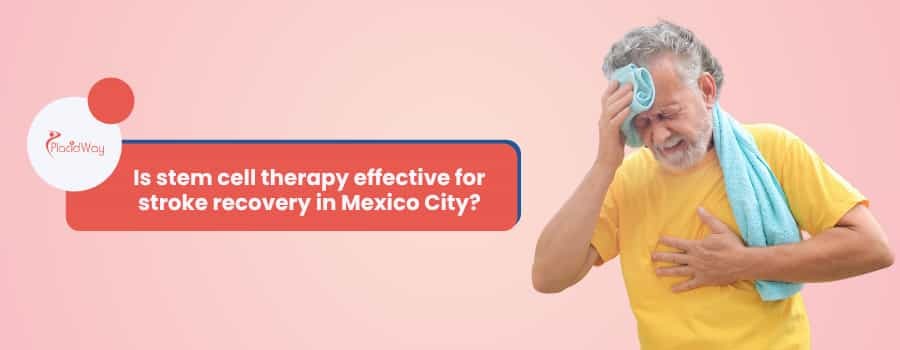
A stroke can be a life-altering event, leaving survivors with a range of challenging and often long-term impairments. While traditional rehabilitation methods like physical and speech therapy are crucial, many patients eventually hit a plateau in their recovery. This is where the potential of stem cell therapy for stroke recovery comes into play. Mexico City has emerged as a popular destination for this innovative treatment, offering access to advanced medical facilities and experienced specialists. This blog post will explore the effectiveness of stem cell therapy for stroke recovery in Mexico City by answering the most common questions people have about the treatment, its costs, and what to expect.
How does stem cell therapy work for stroke recovery?
"Stem cell therapy for stroke recovery works by introducing mesenchymal stem cells (MSCs) into the body, which then travel to the brain to help regenerate damaged tissue, reduce inflammation, and promote the formation of new neural connections."
Stem cells are unique in their ability to develop into various types of cells in the body. When a stroke occurs, it causes damage to brain tissue, leading to the death of neurons and a cascade of inflammatory responses. The goal of stem cell therapy for stroke recovery is to counteract this damage. The introduced stem cells, often mesenchymal stem cells (MSCs) derived from sources like umbilical cord tissue or adipose (fat) tissue, release growth factors and other molecules that stimulate the brain's natural healing processes. These cells don't necessarily replace the damaged neurons directly. Instead, they create a supportive environment that encourages the brain to repair itself, leading to improved function.
This process involves several key mechanisms. First, the stem cells help to reduce the inflammation that often exacerbates brain damage after a stroke. Second, they stimulate angiogenesis, the formation of new blood vessels, which improves blood flow and oxygen supply to the injured area. Third, they promote neurogenesis, the creation of new neurons, and synaptogenesis, the formation of new connections between existing neurons. This multi-faceted approach aims to restore lost functions and enhance a patient's overall recovery.
What are the types of stem cells used for stroke recovery?
"The most common types of stem cells used for stroke recovery are mesenchymal stem cells (MSCs), often sourced from umbilical cord tissue, adipose tissue, or bone marrow."
Stem cell clinics in Mexico City and elsewhere primarily use mesenchymal stem cells (MSCs) for neurological conditions like stroke. MSCs are favored for this application because they are "multipotent," meaning they can differentiate into a variety of cell types, and they have powerful anti-inflammatory and immunomodulatory properties. Umbilical cord-derived stem cells are particularly popular because they are younger, more potent, and less likely to be rejected by the body. They are also non-invasive to harvest and can be obtained in large quantities.
Adipose-derived stem cells are another common option. These are harvested from a patient's own fat tissue through a mini-liposuction procedure. While they are a great option for a patient who prefers to use their own cells, they may not be as potent as umbilical cord cells, especially in older patients. The choice of stem cell source depends on the clinic's protocols, the patient's age and health, and the specific treatment plan.
What are the typical costs of stem cell therapy for stroke in Mexico City?
"The cost of stem cell therapy for stroke recovery in Mexico City typically ranges from $7,500 to $15,000, depending on the clinic, the type of stem cells used, and the specific treatment protocol."
The price of stem cell therapy for stroke recovery is a major factor for many patients, and one of the reasons Mexico has become a medical tourism hub for this treatment. The cost in Mexico City is often a fraction of what it would be in the United States or Canada. The final price is influenced by several variables: the number of cells administered, the number of treatment sessions required, the source of the stem cells (e.g., umbilical cord vs. adipose), and the reputation and technology of the clinic. Many clinics offer package deals that may include initial consultations, medical evaluations, and follow-up care, so it’s essential to get a detailed breakdown of what is included in the price.
This significant price difference is due to lower operational costs in Mexico, a different regulatory landscape for regenerative medicine, and competitive pricing within the medical tourism sector. While the cost is more affordable, many of the leading clinics in Mexico City maintain high standards of care, using state-of-the-art facilities and experienced medical professionals.
Are there specific clinics in Mexico City that specialize in stroke recovery?
"Yes, several stem cell clinics in Mexico City specialize in regenerative medicine and offer stem cell therapy for stroke recovery, including MexStemCells Clinic, R3 Stem Cell Mexico, and Celltex Therapeutics, which are known for their experienced specialists and advanced protocols."
Mexico City is home to a growing number of reputable clinics and hospitals that focus on advanced regenerative medicine. These facilities often have dedicated teams of specialists, including neurologists and regenerative medicine doctors, who create personalized treatment plans for stroke patients. When researching clinics, it's important to look for those that have a strong track record, positive patient testimonials, and transparent information about their processes.
For example, some clinics may specialize in a particular type of stem cell, while others may offer a combination of therapies to maximize results. It’s also wise to check for international accreditations or affiliations that can provide additional assurance of quality and safety. A good clinic will perform a comprehensive evaluation of a patient's condition, including their medical history and the specifics of their stroke, before recommending a treatment plan.
Is stem cell therapy for stroke in Mexico City safe?
"When performed by qualified medical professionals in accredited clinics, stem cell therapy for stroke recovery in Mexico City is generally considered safe, with minimal risks and side effects."
The safety of stem cell therapy is a primary concern for patients and their families. In Mexico, many clinics adhere to strict safety protocols and are regulated by the country's health authorities. Side effects are generally rare and, if they occur, are usually mild and temporary, such as a low-grade fever or fatigue following the treatment. The risk of rejection is minimal, especially when using allogeneic stem cells from screened donors or a patient's own cells.
It's crucial to choose a reputable clinic that follows proper protocols for sourcing, processing, and administering the stem cells. The quality of the stem cells, their viability, and the expertise of the medical team are all critical factors in ensuring a safe and effective procedure. Patients should always ask about the clinic's safety record and the qualifications of their staff.
How is stem cell therapy administered to stroke patients?
"Stem cell therapy for stroke patients is typically administered through intravenous (IV) infusion, which allows the cells to travel through the bloodstream and target damaged areas of the brain."
The most common method of administering stem cell therapy for stroke is through an intravenous (IV) drip. This non-invasive approach allows the stem cells to circulate throughout the body, where they can reach the central nervous system and the brain. While some experimental methods involve direct injections into the brain or spinal fluid, IV infusion is the standard procedure for most clinics treating stroke patients. The administration process is straightforward and typically takes a few hours.
After the IV infusion, the patient is monitored for a short period before being released. The stem cells then begin their work of modulating the inflammatory response and encouraging the brain's natural repair mechanisms over the following weeks and months. The entire process is usually performed on an outpatient basis.
What kind of improvements can be expected after the therapy?
"Patients who undergo stem cell therapy for stroke recovery often report improvements in motor skills, such as better control over limbs, improved speech clarity, and enhanced cognitive functions like memory and problem-solving."
The results of stem cell therapy for stroke recovery can vary from person to person, but many patients experience notable benefits. The improvements are often gradual, appearing over the course of several months after the treatment. Many patients describe an increase in their ability to perform daily tasks, which significantly improves their quality of life.
Reported improvements can include:
- Motor Function: Greater strength, coordination, and range of motion in affected arms and legs.
- Speech and Language: Better clarity in speech and improved ability to form sentences, helping with conditions like aphasia.
- Cognitive Function: Sharper memory, improved focus, and enhanced problem-solving skills.
- Overall Well-being: A reduction in fatigue and a greater sense of independence.
While it is important to have realistic expectations, these positive changes can give hope to patients who have plateaued with traditional therapies.
Is rehabilitation still necessary after stem cell therapy?
"Yes, rehabilitation is essential after stem cell therapy for stroke recovery, as it complements the effects of the treatment and helps patients retrain their brains and bodies to use their new or improved functions."
Stem cell therapy should be viewed as a powerful tool that works in conjunction with traditional rehabilitation, not as a replacement for it. The stem cells create the biological foundation for healing by reducing inflammation and promoting tissue repair, but physical and occupational therapy are what help the brain form new neural pathways. By performing targeted exercises and activities, patients can "re-wire" their brains to utilize the improved functions made possible by the stem cells.
A comprehensive recovery plan typically involves:
- Physical Therapy: To improve strength, balance, and mobility.
- Occupational Therapy: To regain skills for daily living, such as dressing, eating, and writing.
- Speech Therapy: To address communication and swallowing difficulties.
Working with a dedicated rehabilitation team is critical for maximizing the long-term benefits of stem cell therapy for stroke recovery.
What should a patient look for in a clinic in Mexico City?
"When choosing a clinic for stem cell therapy for stroke recovery in Mexico City, patients should look for a facility with experienced specialists, a focus on patient safety, high-quality and certified stem cell sources, transparent pricing, and a personalized treatment plan."
Selecting the right clinic is one of the most important decisions a patient can make. It's crucial to conduct thorough research and ask the right questions. A reputable clinic will be transparent about its procedures and will not make unrealistic promises of a complete cure. Here are some key factors to consider:
- Expertise: The medical team should consist of board-certified doctors with specific experience in regenerative medicine and neurology.
- Safety and Regulation: The clinic should follow international safety standards and be approved by the local health authorities.
- Stem Cell Quality: Inquire about the source of the stem cells, their viability, and the lab where they are processed.
- Personalized Care: A good clinic will perform a detailed evaluation of your unique case and develop a customized treatment protocol.
- Patient Support: Look for a clinic that offers support services, including travel assistance and follow-up care.
By focusing on these factors, patients can make an informed decision and feel confident in their choice of treatment provider.
For those seeking a trusted partner to navigate the world of medical tourism and explore advanced healthcare options like stem cell therapy for stroke recovery in Mexico City, PlacidWay offers comprehensive services. We connect patients with internationally accredited clinics and experienced specialists, ensuring you have access to safe, high-quality care tailored to your specific needs. Contact PlacidWay today to learn more and begin your journey toward a healthier future.
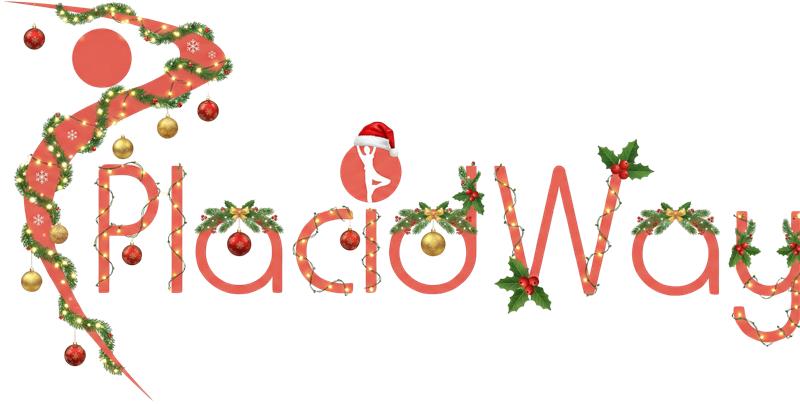

.png)
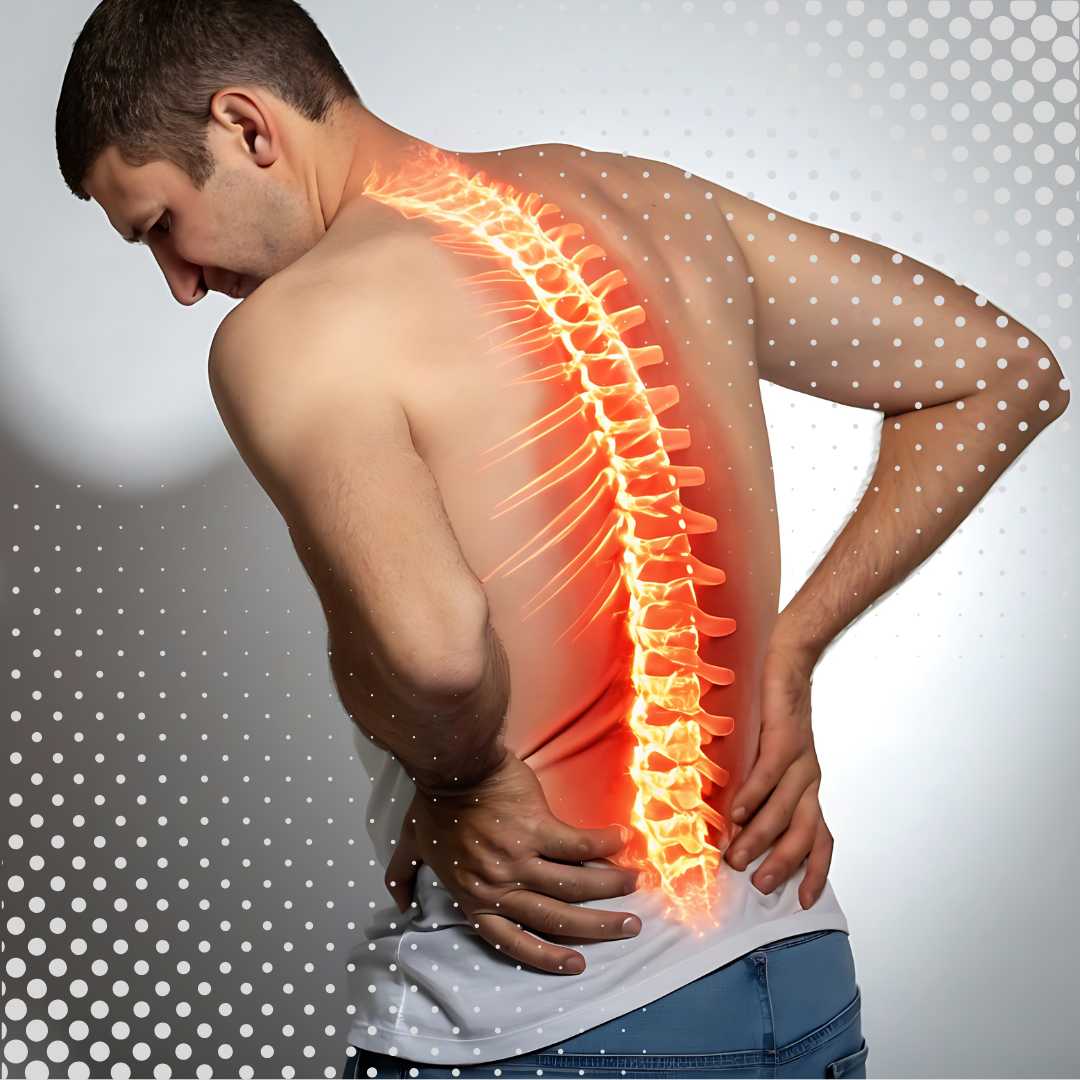
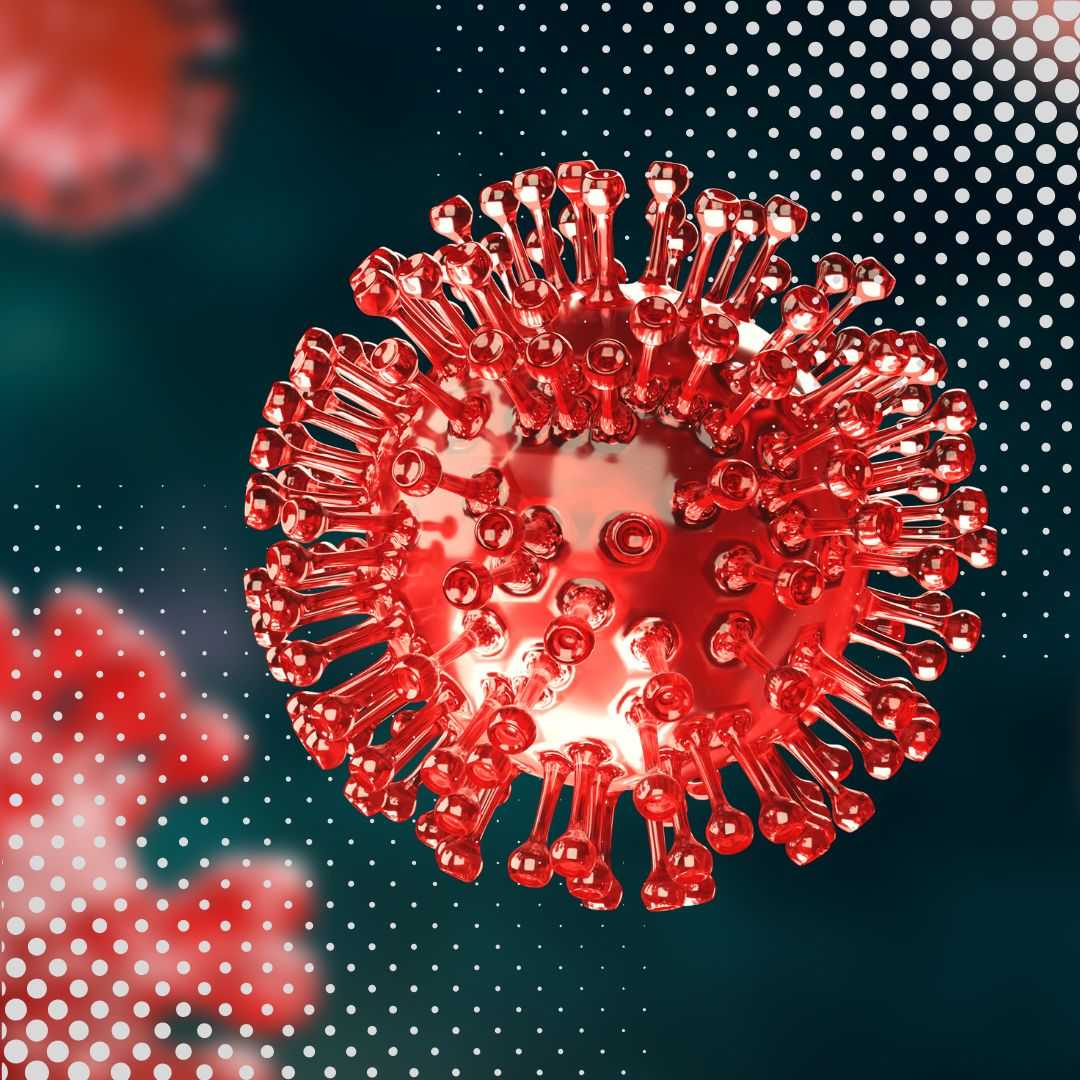
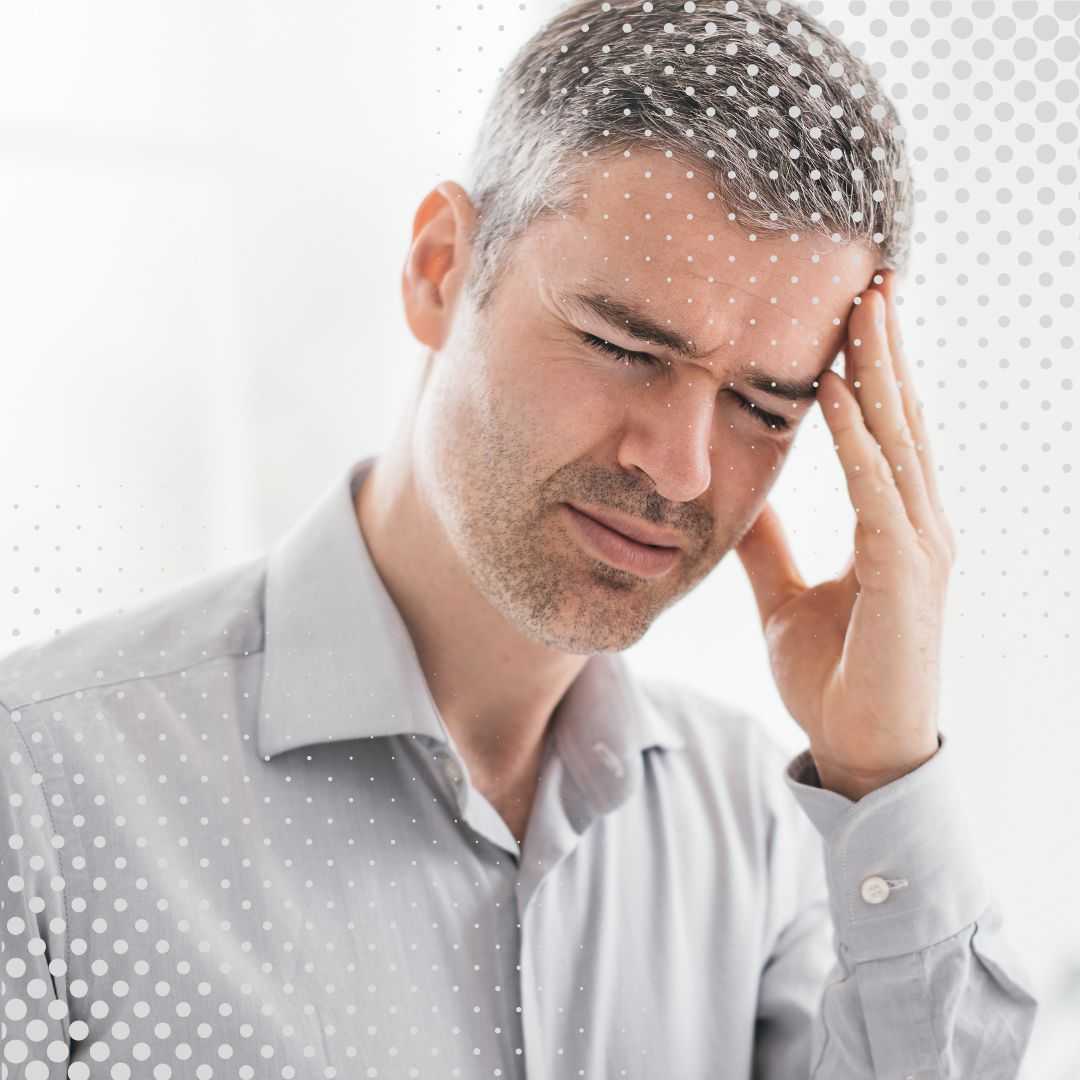


.jpg)
.png)
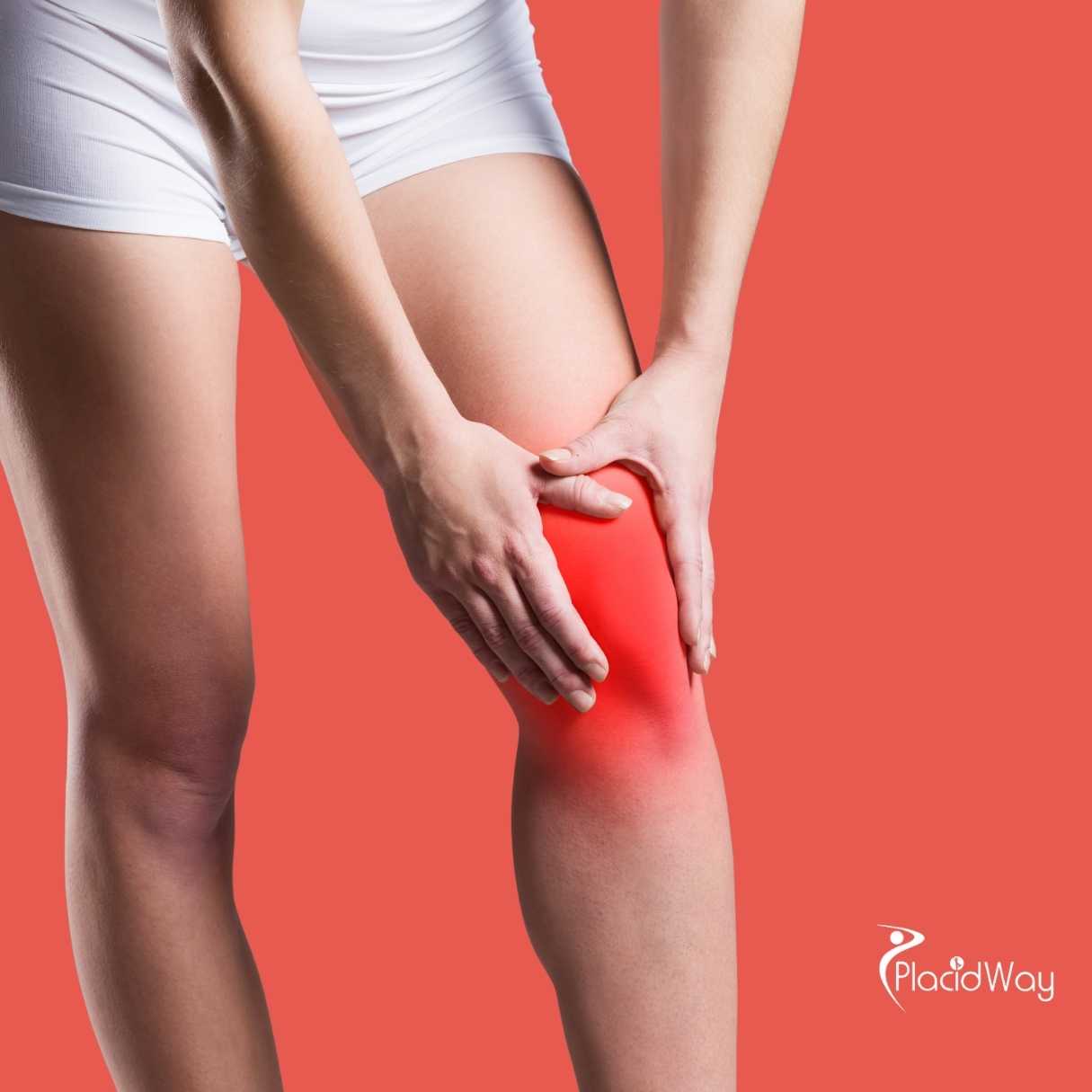
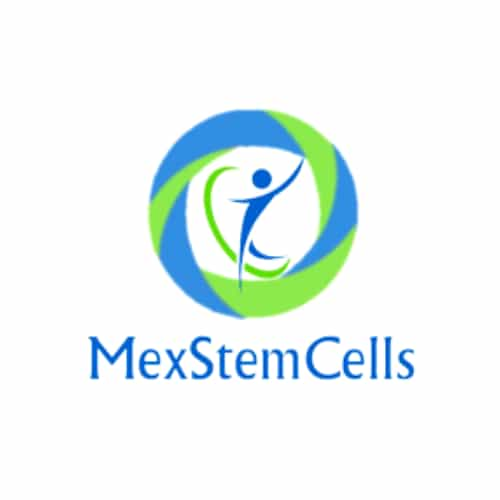
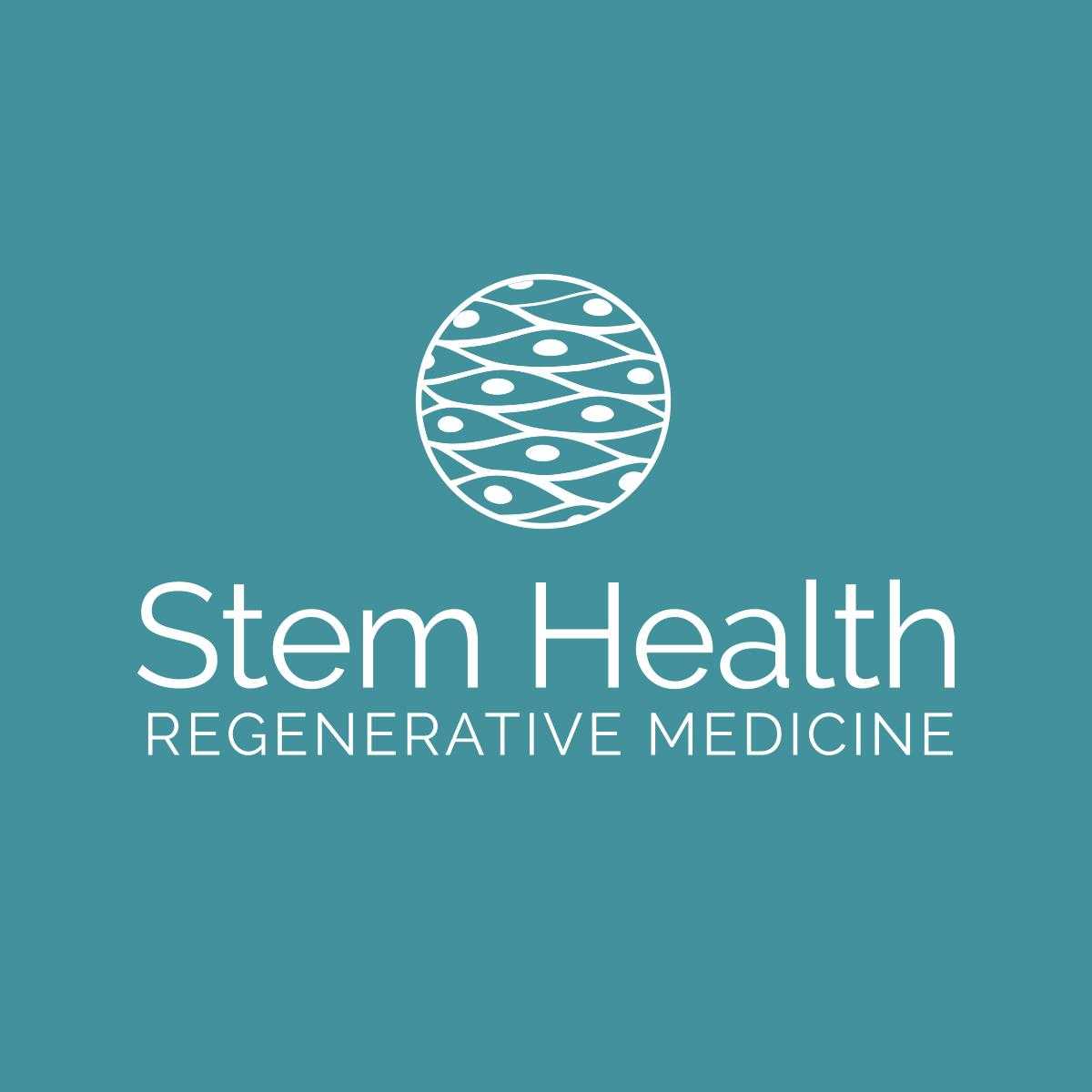
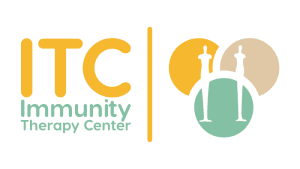
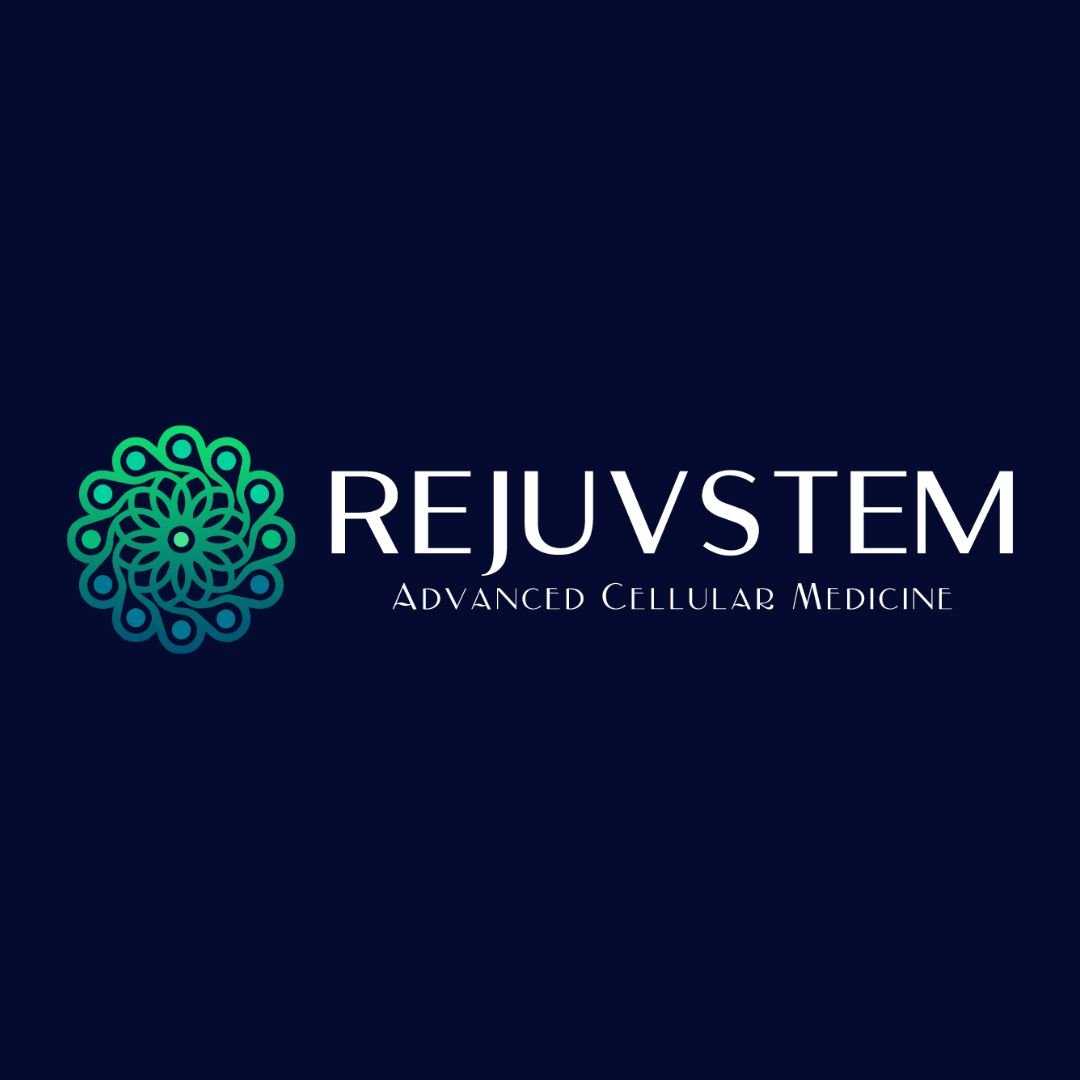
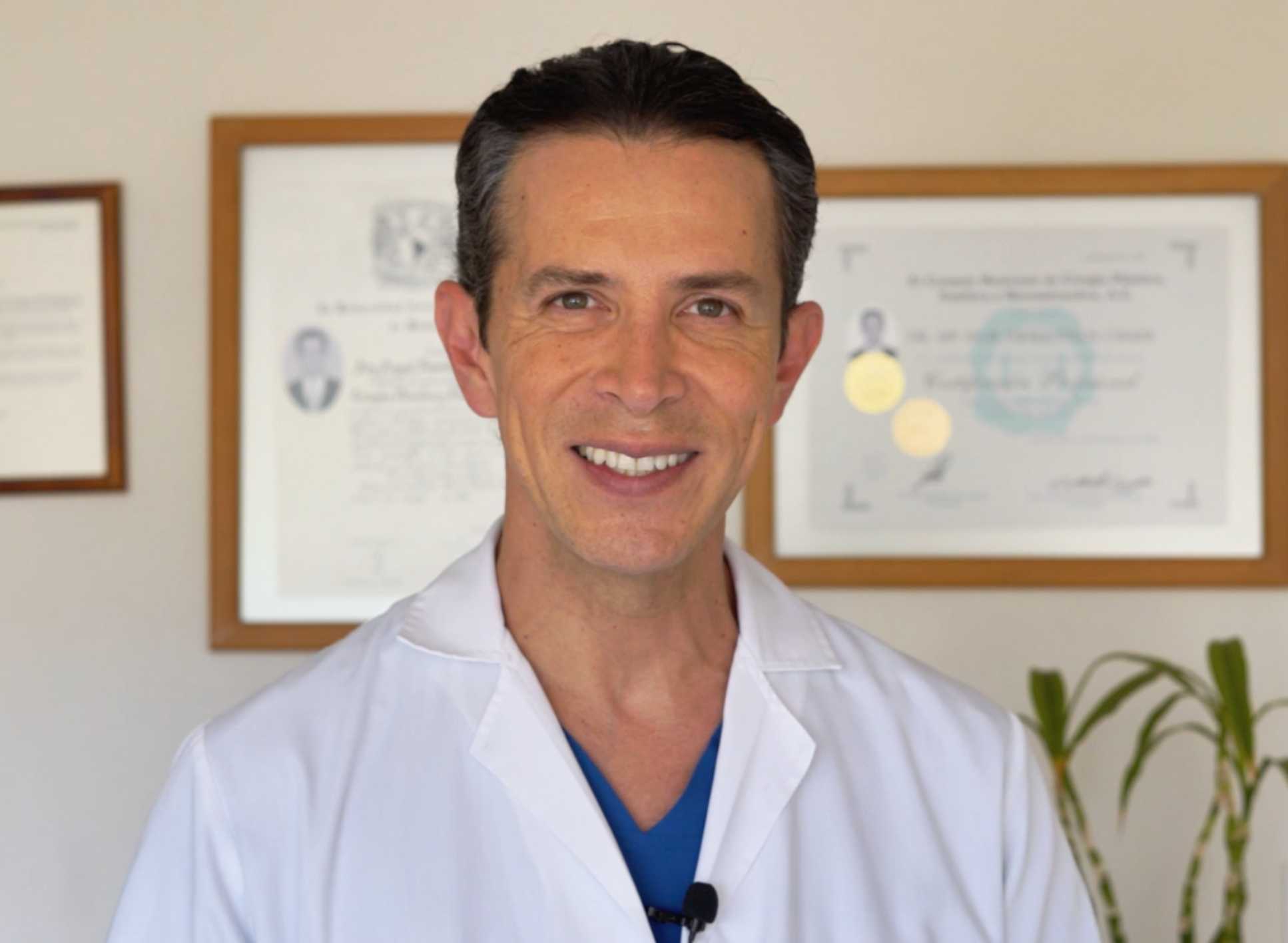

Share this listing